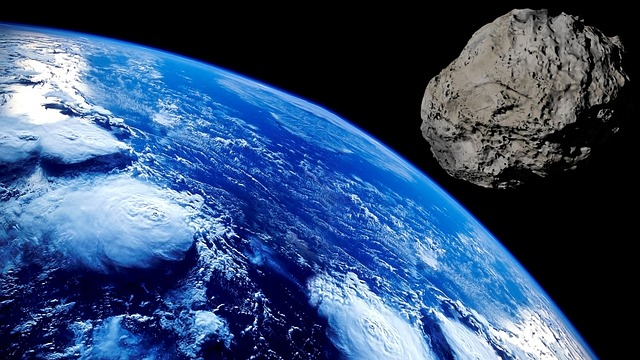NASA's asteroid tracker has confirmed that a potentially hazardous asteroid, dubbed as 2019 OU, will come incredibly close to Earth today, January 10. The asteroid, which is estimated to be around the size of Moscow's Ostankino Tower with a diameter of 550 metres, will miss our planet at a distance of 2.8 million miles with a speed of 9.4 km per second.
Though this distance may seem to be huge, it is actually small when calculated in astronomical terms considering the vastness of the universe. Some experts believe that a slight change in the trajectory of the approaching asteroid could be highly devastating for the Earth. Reports claim that if the asteroid hits our planet, it will cause a mid-air explosion that will unleash energy equivalent to the blast of hundreds of nuclear bombs.

Asteroid 2019 OU will visit Earth again in 2032
However, NASA fortunately does not expect asteroid 2019 OU to come that close to Earth, at least not in its current flyby. Meanwhile, the the United States space agency has also said that once the asteroid passes by Earth, it will visit the planet again on November 18, 2032.
In recent times, a number of giant asteroids, including 2019 OK, 2019 OD, 2015 HM10, 2019 OE, 2019 NN3, 2019 MB4, 2019 MT2, 2006 QV89, 2016 NO56M, RF12, and others, had approached toward Earth, but fortunately, none of them ever hit our planet.
Repeated incidents of asteroids
Due to repeated incidents of asteroids in the past, NASA launched a new office called The Planetary Defense Coordination Office (PDCO) in 2016. The aim of PDCO was to track asteroids and comets that come too close to our planet.
Based on a new study, scientists have said that asteroids have been crashing into the Earth at nearly three times their previous rate over the last 290 million years. However, they are not sure about the exact reason behind this.









